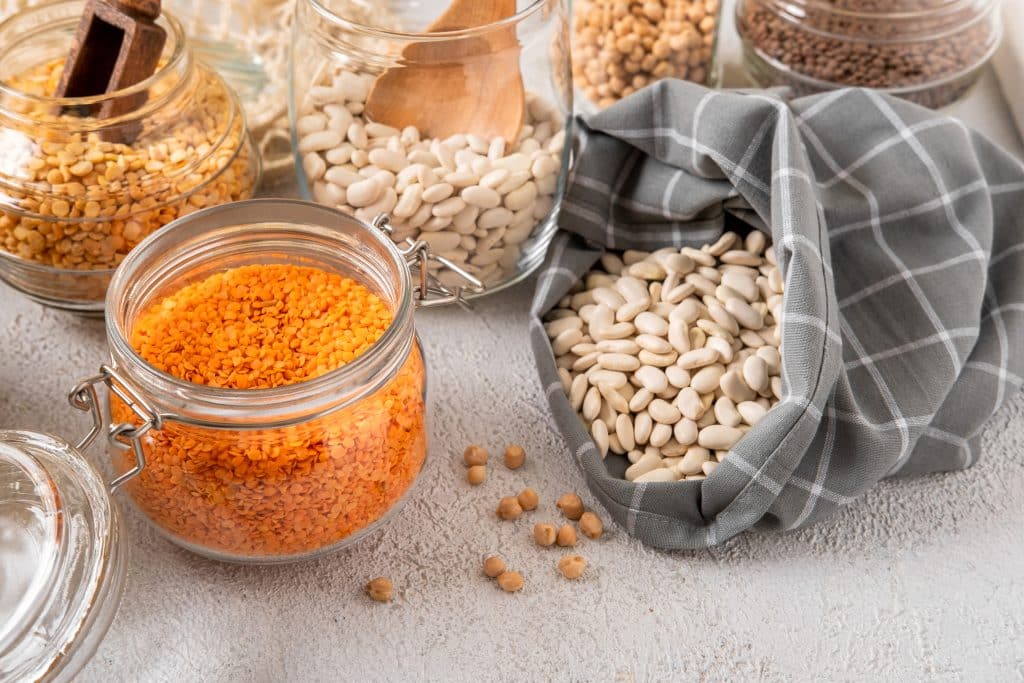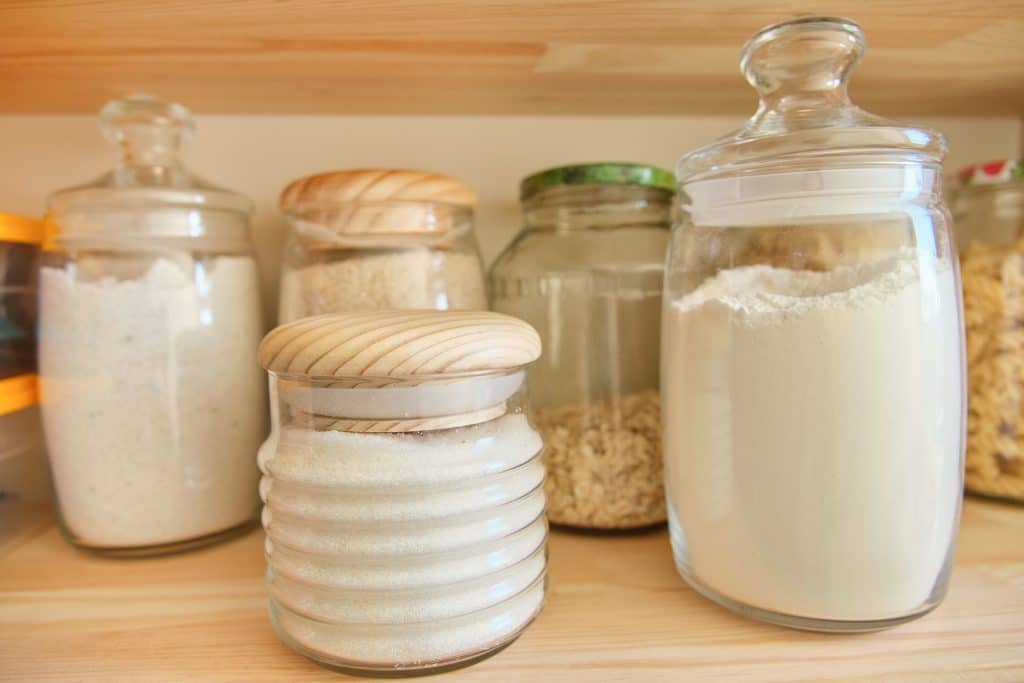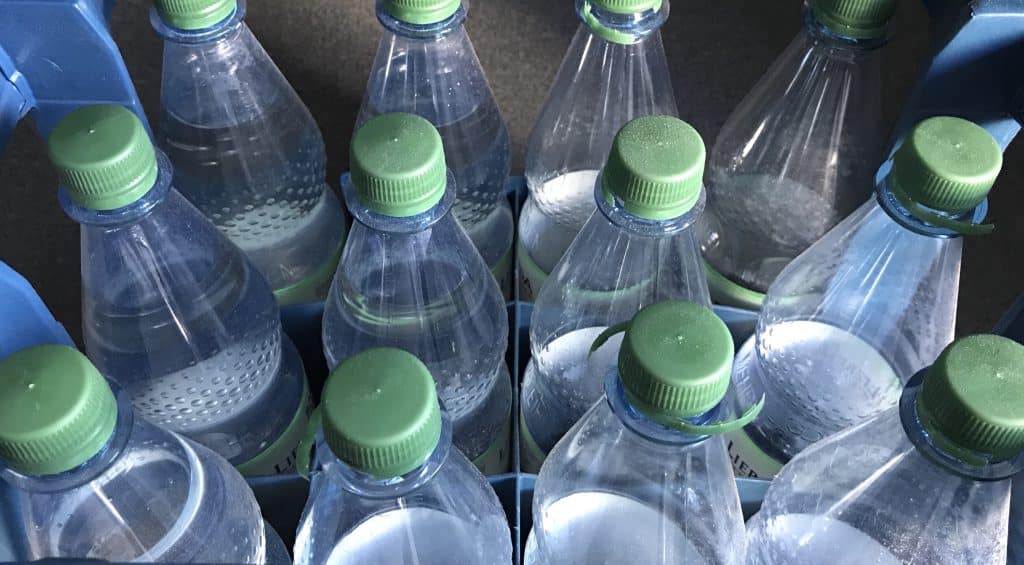When grocery shelves go bare and online food delivery grinds to a halt, having a stash of emergency food can be a lifesaver—literally. The importance of storing food for emergencies can’t be overstated, whether you’re preparing for natural disasters, pandemics, or other unforeseen circumstances. This post serves as a thorough manual on emergency foods that are perfect for long-term storage. You’ll learn about the types of foods to prioritize, their shelf life, and how to store them properly. So, let’s get started and make sure you’re prepared for any situation!
Contents
Why Bulk Buying Makes Sense

Bulk buying is not just a trend; it’s a practical approach to food storage, especially for emergencies. When you buy in bulk, you often save money per unit, making it a cost-effective strategy. Additionally, bulk items usually come in packaging designed for long-term storage, meaning they often have a longer shelf life. This not only saves you money but also frequent trips to the grocery store, which can be invaluable in emergency situations.
The benefits of bulk buying extend beyond just cost and convenience. Having a well-stocked pantry can provide a sense of security and peace of mind. Knowing you have enough supplies to last through an extended period can relieve stress and allow you to focus on other important aspects of emergency preparedness. Now that you’re convinced about the merits of bulk buying let’s delve into the types of foods that should be on your shopping list.
Grains And Cereals

Grains and cereals are the backbone of any emergency food storage plan. White rice, for instance, has a long shelf life and serves as a versatile base for a variety of meals. It’s also easy to cook, requiring nothing more than water and heat. Pasta is another excellent option; it’s filling, has a long shelf life, and can be used in a multitude of recipes, from casseroles to soups.
However, you shouldn’t overlook other grains like oats and quinoa. Oats are not just for breakfast; they can also be used in baking and even as a filler in meat dishes. Quinoa is a protein-rich grain that cooks quickly and can substitute for rice in most recipes. It’s also gluten-free, making it a good choice for those with dietary restrictions. With grains and cereals in your pantry, you’re well on your way to a balanced emergency food supply.
Protein Sources

When it comes to emergency food storage, protein is a macronutrient you can’t afford to ignore. Canned tuna is a staple that has a long shelf life and is rich in protein and essential fatty acids. It’s also versatile, fitting into a range of recipes from salads to casseroles. Lentils are another protein-packed option. They are easy to store, quick to cook, and can be used in a variety of dishes, including soups and stews.
Freeze-dried meats and poultry are also worth considering. These products can last for years when stored properly and rehydrate quickly when you’re ready to cook. Nuts and seeds offer a plant-based protein alternative and the added benefit of healthy fats. They’re easy to store and can be eaten on their own or used in cooking and baking. With these protein sources in your emergency food arsenal, you’ll be better prepared to meet nutritional needs during a crisis.
Fruits And Vegetables

Fruits and vegetables provide essential vitamins and minerals, making them a crucial part of your emergency food stockpile. Canned fruits, particularly those canned in their own juice, offer a sweet source of nutrition. They can be eaten as-is or used in cooking and baking. When it comes to vegetables, freeze-dried options are an excellent choice. They retain most of their nutrients and can be rehydrated quickly for use in meals.
Canned vegetables are another viable option, but it’s advisable to opt for low-sodium versions to maintain a balanced diet. These can be used in various dishes, from stews to stir-fries. While fresh fruits and vegetables are always preferable, their canned and freeze-dried counterparts provide a long-lasting alternative that can be invaluable in emergency situations. With a variety of fruits and vegetables in your pantry, you’ll be better equipped to maintain a healthy diet when fresh produce is not an option.
Essential Pantry Items

Salt, sugar, and cooking oils are the unsung heroes of your emergency food storage. Salt is not just a flavor enhancer; it’s also essential for preserving foods and even for certain first-aid treatments. Sugar serves multiple purposes, from providing a quick energy boost to being a key ingredient in baking. Cooking oils like olive oil and canola oil are crucial for frying and sautéing, and they can also be used in baking.
When selecting oils, consider those with a high smoke point and long shelf life. Coconut oil and olive oil are good options. Also, don’t forget other pantry staples like baking powder, spices, and vinegar. These items may not provide significant nutritional value but are invaluable for cooking and preserving food. Having a well-stocked pantry of these items complements your main food supplies and ensures you can prepare a variety of meals.
Hydration Essentials

Water is the most critical element of any emergency food and drink supply. The general recommendation is to store at least one gallon of water per person per day for both drinking and sanitation. Bottled water is the most straightforward option, but water purification tablets and filters can also be useful for treating water from uncertain sources.
Electrolyte drinks like sports beverages can be beneficial for quick hydration and replenishing lost minerals. Tea and coffee not only provide a caffeine boost but also offer a sense of comfort, which can be invaluable in stressful situations. While water should be your primary focus, having various hydration options can make life more bearable during an emergency.
Specialty Items

If you have infants, elderly family members, or pets, your emergency food storage needs to include specialty items. Baby food and formula are critical for the youngest members of your household. For older adults who may have specific dietary needs or difficulty eating certain foods, consider softer, easy-to-digest options.
Pet food is another specialty item that shouldn’t be overlooked. Your pets have nutritional needs that must be met, even in an emergency. Also, consider any family members with dietary restrictions, such as gluten intolerance or food allergies. Stock up on gluten-free or allergy-safe foods to ensure everyone’s needs are covered. Specialty items may require a bit more planning, but they are crucial for a comprehensive emergency food supply.
Proper Storage Techniques

Storing your emergency food in a cool, dark place is essential for maximizing its shelf life. Temperature fluctuations and exposure to light can degrade food quality and even make it unsafe to eat. Vacuum sealing can further extend the shelf life of many foods, from grains to meats, by removing air that can lead to spoilage.
Keeping track of expiration dates and rotating your stock is another key aspect of proper food storage. Use the “first-in, first-out” method to ensure you’re consuming older items before newer ones. Labeling items with purchase dates can help you keep track more easily. Proper storage is the final piece of the puzzle in your emergency food preparation plan.
Be Prepared With These Bulk Items!
Ready to face any emergency, you’re now armed with a robust food storage plan that covers all the bases—from grains and proteins to hydration and specialty items. Don’t underestimate the importance of proper storage techniques; they’re the linchpin in ensuring your supplies stand the test of time. So, take action today. Build your emergency food stockpile and relish the confidence that comes from knowing you’re prepared for whatever challenges lie ahead.



